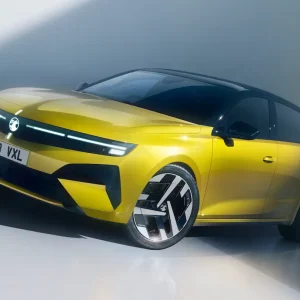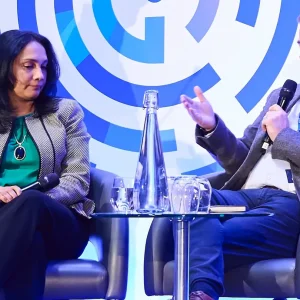Eco driving apps could do more harm than good if they aren’t designed properly, according to a leading scientist at research establishment MIRA.
Speaking at a technology conference organised by auction firm BCA, Dr Anthony Baxendale, head of research and future transport technology at MIRA, said many smartphone-based apps designed to improve a driver’s fuel economy were increasing the risk of the driver being distracted.
Commenting on the wider issue of increased levels of information being available to drivers, he said: “There’s a lot of information that can be shown to the driver, but it’s a case of how to show it to the driver.”
Baxendale spoke alongside Aston Martin’s chief electrical engineer Alan Bennett who pointed out legislation is becoming increasingly stringent in this area and could force changes.
Bennett highlighted recent proposed guidelines from the US that meant that a host of current and forthcoming technologies would be effectively banned from cars.
The guidelines come from the National Highway Traffic Safety Administration, which is often a global leader on road safety matters because it takes a strong line due to the highly litigious society in the US.
As such, the UK could follow suit, and even if it does not become a legal requirement, car makers will have to comply to satisfy the US market.
Under the proposals video, photographs and scrolling text will be banned from the driver’s sight. Internet browsing, social media and
e-book reading is also banned. Manual entry of text messages or satnav instructions will also have to go.
While flat satnav mapping images would be allowed under the guidelines (as would reversing cameras), the NHTSA said: “However, the display of informational detail not critical to navigation, such as photorealistic images, satellite images or 3D images is not recommended.”
This final comment would put an end to the latest Google Streetview and 3D images available on some premium brands’ systems.
Once these guidelines have been passed the NHTSA is proposing to look initially at portable devices and their use in cars followed by audio-vocal car controls.
This final suggestion is to outlaw “sound levels likely to mask warnings either from within or from outside the vehicle”, according to Bennett.
If approved, this last point would mean a volume limit on car stereos to make sure warnings such as in-car alerts or emergency sirens could be heard by the driver.





